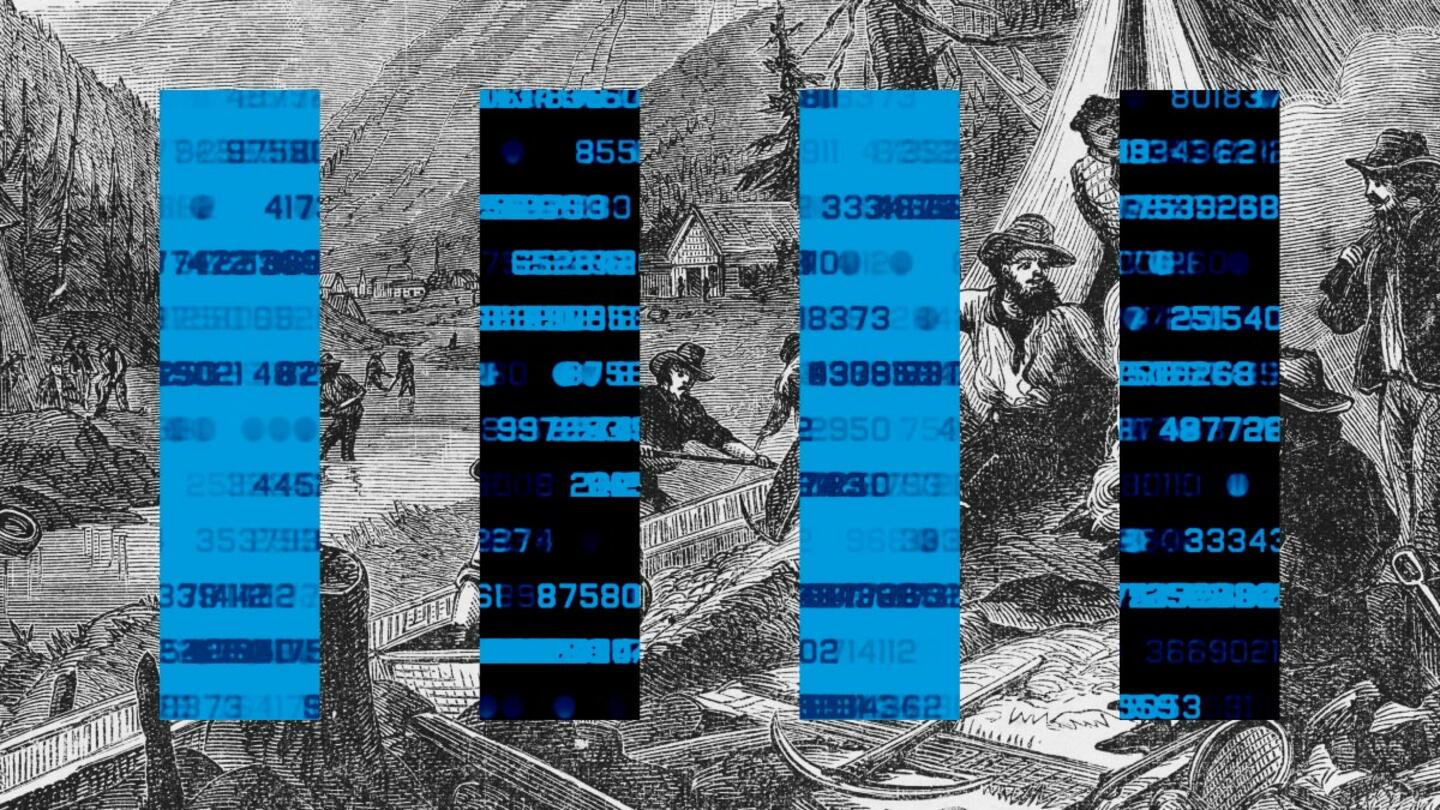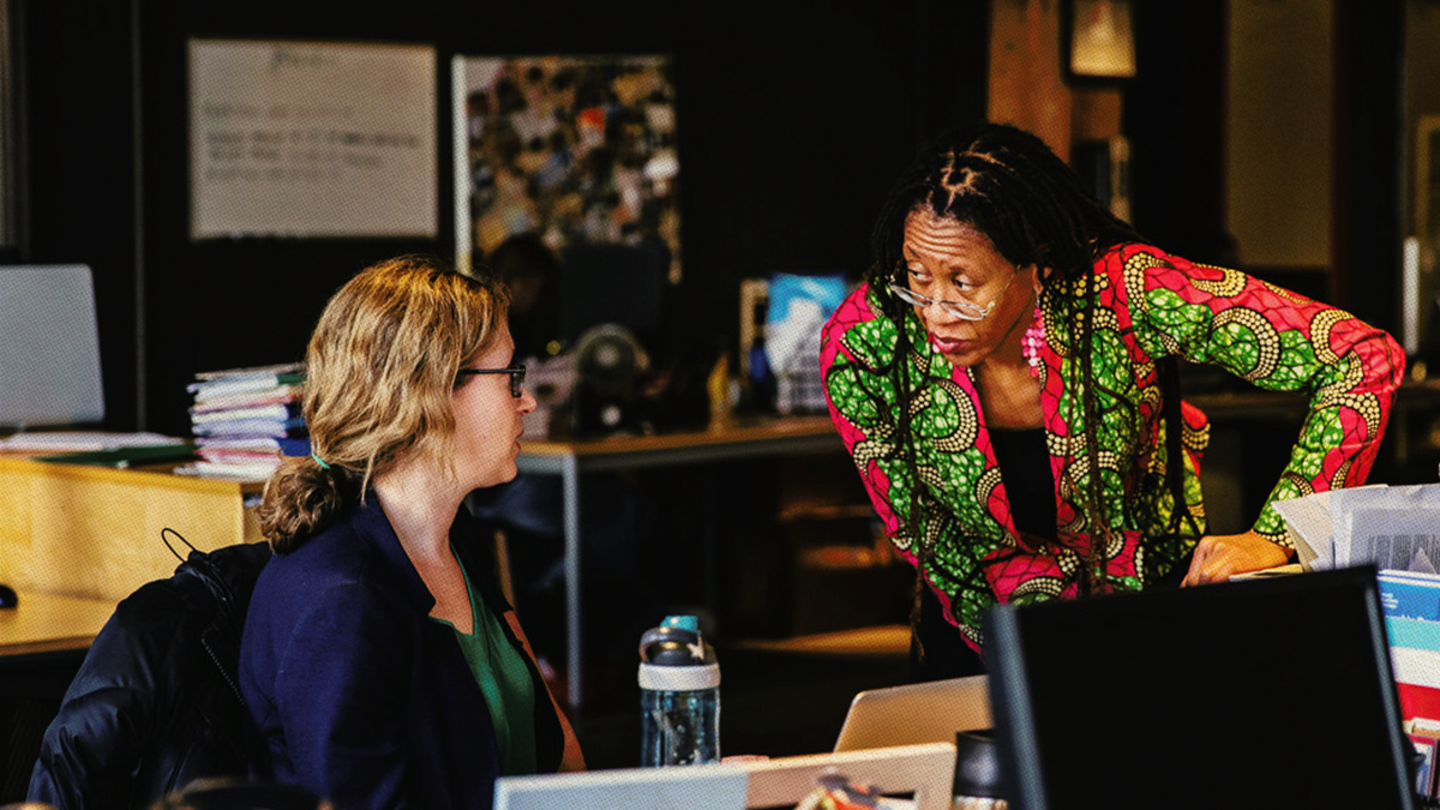It’s a question every young person is asked at some point: What do you want to be when you grow up?
But below the surface, this question is really asking, “Who am I?”
The answer seems so easy to children. But as they grow up, young people are taught to squeeze their goals into the narrow framework of standardized tests and four-year degrees. As a result, far too many people end up in careers that don’t suit their talents and interests.
“We should be telling young people, ‘I don’t want you to spend another second of your life trying to be average at what you’re bad at,’” said Roy Spence, founder of the Make It Movement. “‘I want you to spend the rest of your life trying to be great at what you’re good at.’”
Right now, millions of jobs are opening for a new generation of skilled professionals. So, why isn’t anyone applying to them?
Spence believes it’s because young people aren’t aware of how many pathways are available to them besides just the four-year college degree.
“Some will say, ‘Oh, this is an education problem,’” he said. “‘Oh, this is a labor problem.’ No. This is a marketing problem.”
Spence would know. He’s one of America’s most successful marketers, with over 50 years of experience. Chili’s, Southwest Airlines, and Willie Nelson are just some of the many nationally recognized brands that owe their visibility to him. His biggest claims to fame are “Don’t Mess With Texas” and Air Force (Aim High).
He thinks it’s time to give postsecondary education a similar brand makeover.
“For so many years now, we’ve only marketed one path to success: college,” he said. “All of the other ones were failures. We have to stop that.”
Spence wants to use what he knows best — marketing — to reshape young people’s perceptions of career possibilities and the diverse paths they can take to reach them. He believes this strategy could inspire the next generation to explore careers they might have overlooked and to see alternatives beyond the traditional four-year degree as valuable options.
“When ‘Top Gun’ was released, the applications to become a naval aviator increased by 500%,” Spence said. “Marketing works.”
How marketing helps us reimagine what we know
Spence’s inspiration is a classic — or perhaps classical — figure: Aristotle.
“Aristotle said this about purpose: ‘Where your talents and the needs of the world cross, therein lies your vocation,’” Spence said.
Data shows that if you have purpose and passion in your career, you’re more likely to be thriving than just surviving — finding purpose, fulfillment, and happiness instead of just collecting a paycheck.
However, Spence explained, “We’ve lost our purpose in America.” Only 25% of Americans think they have a purpose in life. “The reason I keep going back to is that we failed to let kids know about the many, many paths to a great career, with great purpose.”
It’s time to change that. And he has a plan: “Marketing can be a force for good.”
Take Texas. In 1986, littering was rampant. What the state needed wasn’t more of the same policies, which clearly weren’t working. Instead, it needed to rethink and recharacterize the problem completely.
“My partner and I were walking down the highway,” Spence recalled. “He said, ‘This isn’t litter, it’s trash.’ He picked up a fudgsicle and wrote, ‘Don’t mess with Texas.’ When you ladder it up from litter to pride, we hit exactly what Texans want.”
Spence’s “Don’t mess with Texas” campaign reduced littering in the state by 72%. The transformational power of marketing was undeniable.
Many career pathways could use a similar rebranding.
“We have to reposition all of these careers because when you say ‘construction’ or ‘manufacturing,’ people think it’s boring,” Spence said. “It’s not boring. It is the future, and if young people don’t know that, we’re cheating them out of the American Dream.”
To make sure that young people know just how many exciting career pathways are open to them, Spence founded the Make It Movement, a marketing effort that empowers youth to find more purposeful careers. The organization’s website allows students to engage and explore careers that they might not have known matched their gifts and interests.
“The Make It Movement is about changing perception and awareness,” Spence said. “Our purpose is to help young people discover their purpose.”
How does the nonprofit do it?
Sign up for Stand Together's Rethinking Work & Learning newsletter to get the latest stories, ideas, and trends on the future of employment.
First, it starts with a strong, eye-catching television marketing campaign: a series of compelling ads where young people speak to their own generation, describing exciting career pathways they’ve discovered through the Make It Movement.
Second, interested people visit Make It Movement’s website — but it’s not like every other organization’s site. It’s gamified, meaning visitors interact with it in a personalized way. The first question they’re prompted to answer is, “Do you want to work inside or outside?”
“We think that’s a simple question,” Spence said. “To them, it’s profound. These kids come up to me and go, ‘No one’s ever asked me that.’”
Users continue to play a game on the website that helps them determine their ideal career. Finally, from there, Make It Movement guides these young people as they meet with career coaches who can connect them with employers that match their skills and interests.
“You know what happens when kids see all the paths?” Spence asked. “They gain confidence. They now see a world out there where they can make it.”
Helping everyone achieve a life of purpose
Take Dylan, a recent high school graduate in Austin, Texas. Thanks to guidance from the Make It Movement, he’s now a 19-year-old welder with plans to start his own business next year.
His success story is just one of the many that the Make It Movement has made possible: Last year, 92,000 young people in central Texas alone visited its website to start their journey to find a purpose-driven, fulfilling career. This year, Spence wants to triple that number. He plans to grow the program to a national scale.
“Every generation should leave the next generation better off than we found them,” Spence said. “Find out what kids are good at, and inspire them to be great at it.”
Sure, that has benefits for the labor shortage, employers, and the economy — but the most important one is that the youth embarking on new professional pathways themselves feel more fulfilled and satisfied in their work.
“When you live a life where you love your career, you also are living a life of purpose,” Spence said. “And I think a life of purpose is the purpose of life.”
Make It Movement is supported by the Charles Koch Foundation, which, as part of the Stand Together community, funds cutting-edge research and helps expand postsecondary educational options, and Stand Together Trust, which provides funding and strategic capabilities to innovators, scholars, and social entrepreneurs to develop new and better ways to tackle America’s biggest problems.
Learn more about Stand Together’s efforts to transform the future of work and explore ways you can partner with us.

Why AI may help more people achieve the American Dream.

Data centers are at the forefront of the ‘new economy.’ But what exactly are they?

Here’s how to bridge the disconnect between employers and employees.

Lessons learned from Colorado.
